“The ability to personalize almost every aspect of their motor car is one of the main reasons our patrons come to us. But we know some wish to go further still. In 2017, we stunned the world with our first fully coachbuilt motor car of the modern era, the spectacular Rolls-Royce Sweptail. This was, by definition, an entirely unique commission; but in our minds, it was the start of a journey.
We have formally re-established our Coachbuild department for those patrons who wish to go beyond the existing restraints, and explore the almost limitless possibilities this opens up for them. We are able to offer our customers the opportunity to create a motor car in which every single element is hand-built to their precise individual requirements, as befits our status as a true luxury house.” — Torsten Müller-Ötvös, Chief Executive Officer, Rolls-Royce Motor Cars
Coachbuilding is the art and science of creating bespoke bodywork on a pre-assembled chassis. It is as old as the automobile itself. Virtually rendered obsolete by mass production, coachbuilding lives on with Rolls-Royce at the forefront of its rejuvenation.
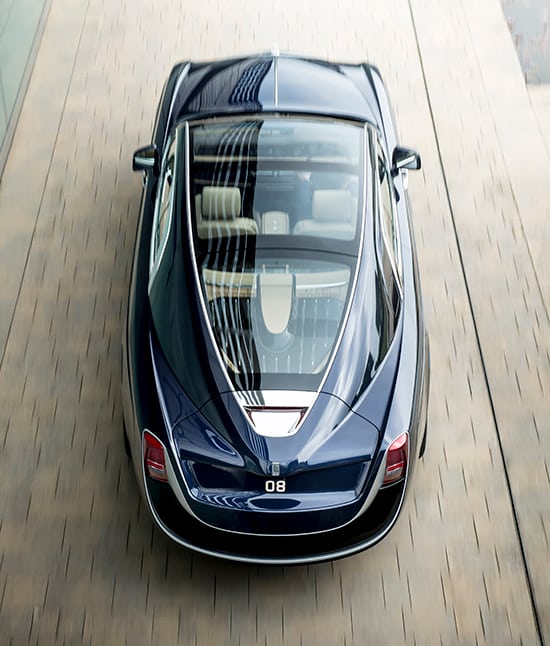
Drawing on more than a century of experience, and its unique Bespoke capabilities, the Goodwood-based marque has defined a new coachbuilding movement. Long accustomed to being able to commission every aspect of their cars’ appearance and specification, Rolls-Royce clients are increasingly seeking ways to go beyond Bespoke and achieve new heights of personalization.
Bespoke IS Rolls-Royce and has been central to the marque’s offering and experience since production began at Goodwood in 2003. It has proved phenomenally successful, with commissions increasing year-on-year. The first quarter of 2021 saw the landmark moment when, for the first time, every single motor car built at the Home of Rolls-Royce, across the entire model family, included Bespoke elements.
Customers have always been able to personalize their motor car’s appearance in a myriad of different ways – beginning with a choice of 44,000 paint colors. But their options for altering its overall outline have historically been limited by the basic structure. For this reason, fully coachbuilt Rolls-Royce motor cars have been rare in the modern era; much of the sensation around Sweptail arose precisely because it was such a unique event.
It was made possible by a seismic change in the marque’s manufacturing process, which was first deployed to magnificent effect, and global acclaim, in the eighth-generation of its pinnacle product, Phantom.
The renaissance of modern coachbuilding
The current Phantom was the first car to be built on the marque’s proprietary all-aluminum spaceframe chassis, designed and engineered from the ground up to be scalable for a range of different Rolls-Royce models. The distance between them can be whatever the designers and engineers want it to be: bulkhead, floor, crossmember and sill panels can all be stretched or shrunk or increased in height according to the product. The concept has proved brilliantly successful, forming the basis for the Cullinan SUV launched in 2019, and in 2020, the new Ghost.
Crucially, this flexibility opens up new possibilities for coachbuilding. By moving away from monocoque construction to something closer to a traditional rolling chassis, Rolls-Royce has reacquired the freedom to construct almost any body shape its patrons can imagine, constrained only by fundamental design and engineering requirements.
This means that Rolls-Royce and its patrons can now look beyond Bespoke and build the car itself, to commission—perfectly aligned with a lifestyle in which the client’s investments in luxury, from property, clothing and jewellery to works of art, yachts, or private aircraft are personal, individual and unique.
Great Coachbuilt Rolls-Royce motor cars of the past
40/50HP Phantom I Brougham De Ville (1926)
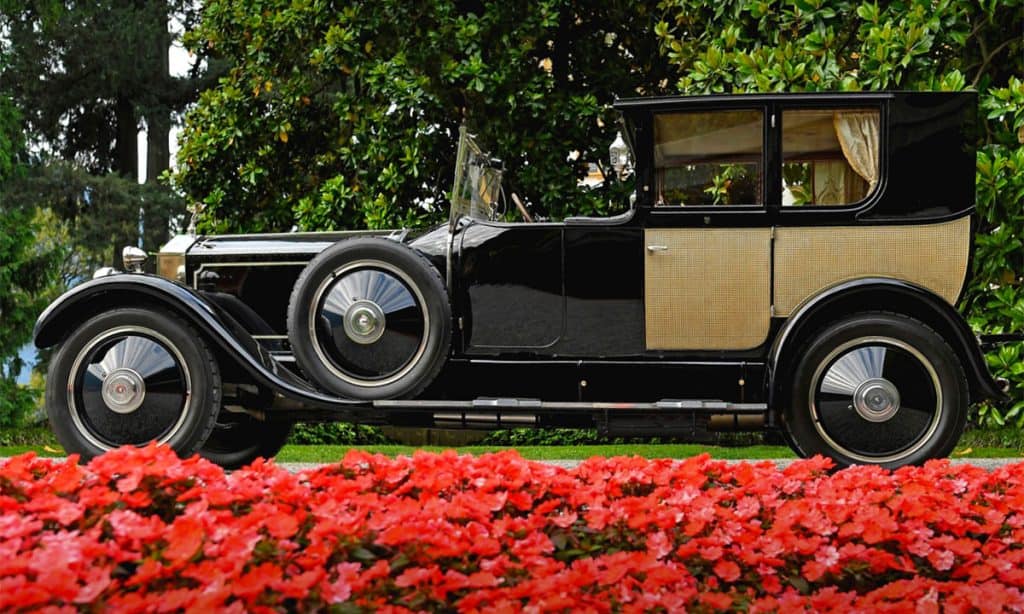
In 1926, the 40/50HP Phantom I Brougham De Ville, was built by Charles Clark & Son Ltd of Wolverhampton for Clarence Warren Gasque, a London-based American businessman of French ancestry, as a gift for his heiress wife, Maude. Gasque commissioned an interior to recreate the Rococo ambience of a salon in the Palace of Versailles, with polished satinwood veneer panelling, Aubusson tapestries and a painted ceiling inspired by a sedan chair owned by Marie Antoinette. It also included this remarkable French Ormolu clock, mounted on the partition between the front and rear cabins – an extraordinary detail that represents the pinnacle of the watchmaker’s art.
17EX (1928)
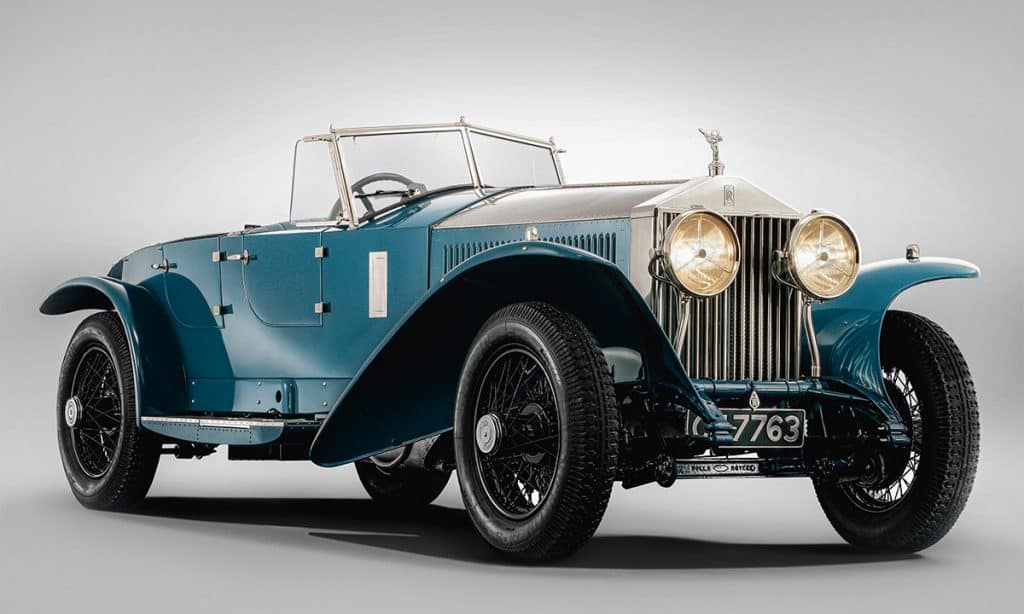
By 1925, Royce was concerned that the weight and size of some of the coachwork fitted to its chassis was affecting the cars’ performance—a fact its competitors gleefully seized upon. In response, Henry Royce built an experimental Phantom with an open, lightweight, and highly streamlined body. Dubbed 10EX, this was the foundation for a series of cars that provided crucial new insights into overcoming air resistance and represented a giant leap forward in automotive design.
The fifth in the series, 17EX, was completed in January 1928. It was capable of speeds in excess of 90mph and, because Royce was adamant that even his experimental cars should look as good as any that bore his name, was finished in blue to the marque’s exacting standards. In modern color psychology, blue is associated with dependability, trust, stability, and calm.
Phantom II Continental Drophead Coupé (1934)
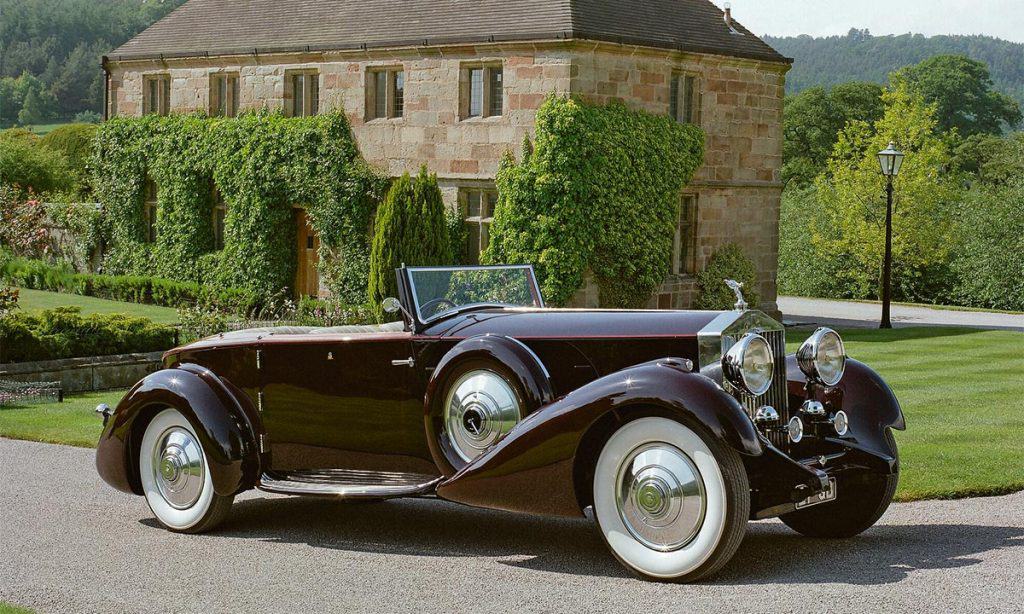
This 1934 Phantom II Continental Drophead Coupé, designed by A F McNeil and built in London by Gurney Nutting & Co, is considered one of the most exotic and beautifully balanced examples of boat-tail coachwork ever created. The sweeping concave curves at the rear rise upwards to the razor-edging of the varnished rear decking. As a historical sidenote, McNeil’s protégé and successor, John Blatchley, was responsible for two of the most successful Rolls-Royce models of the 1950s, 60s and 70s, the Silver Cloud and Silver Shadow.
Phantom VI limousine (1972)
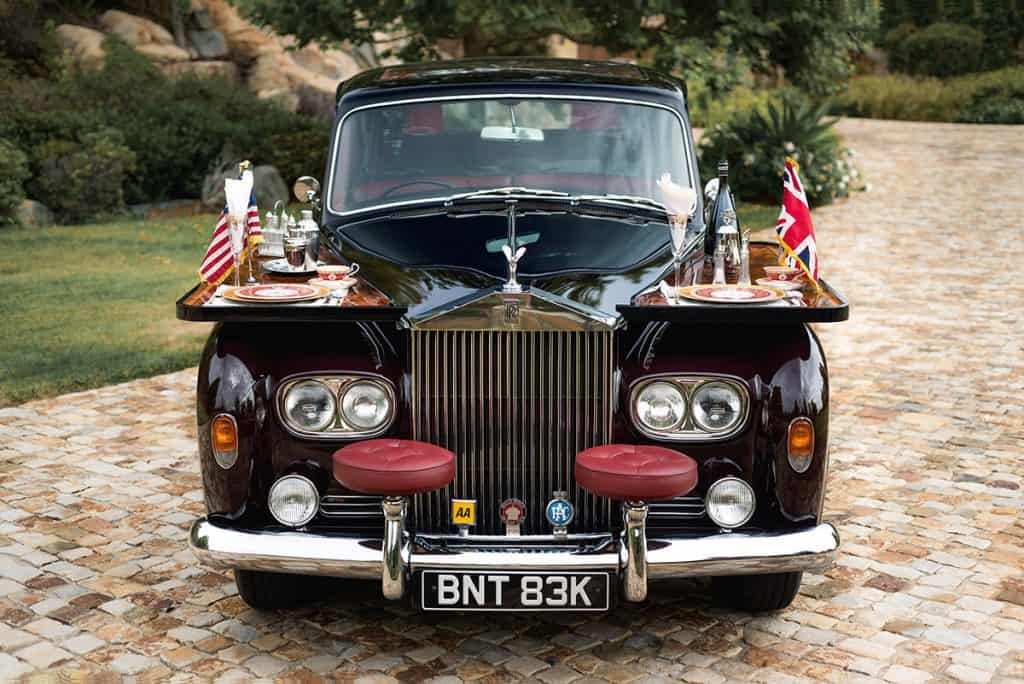
The Phantom VI was the last Rolls-Royce model to be constructed with a separate chassis, and was thus the swansong of the coachbuilder’s art. This example was designed and built by H. J. Mulliner, Park Ward Ltd, then a wholly-owned subsidiary of Rolls-Royce. Much like a modern-day Bespoke Collection car, it was based on the production model, but included numerous additional features specified by the customer.
In addition to flower vases, a state-of-the-art sound and television system and a refrigerator for cooling wines and picnic food, the car was equipped with burled walnut picnic tables. Stored in the boot, these could be fixed to the front wings for alfresco dining; driver and passenger perched on a pair of “toadstool” seats clipped to the front overriders.
Sweptail (2017)
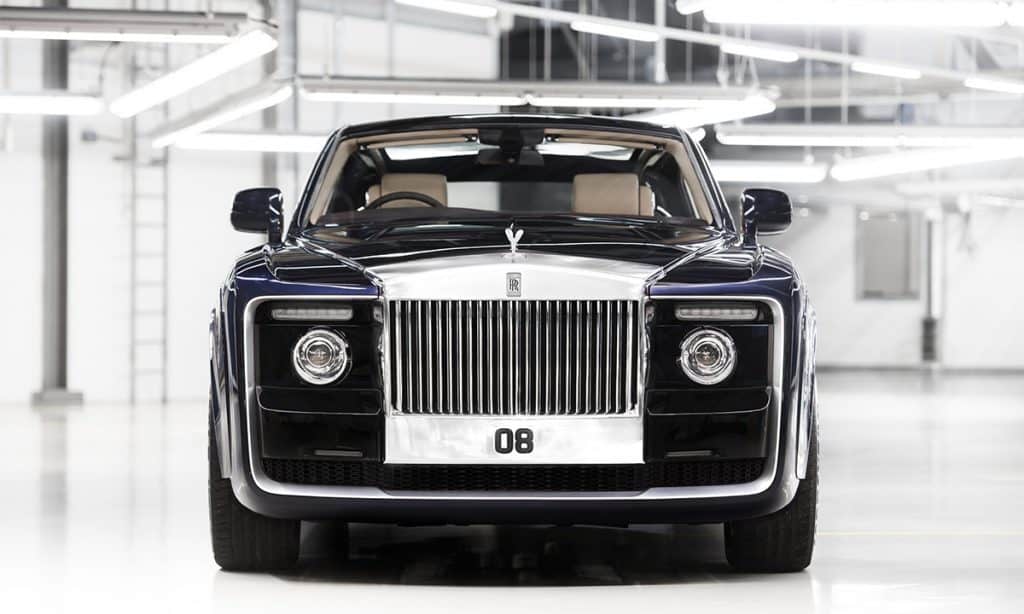
In 2013, Rolls-Royce was commissioned to create a coachbuilt two-seater coupé featuring a large panoramic glass roof, inspired by the beautiful coachbuilt motor cars from the marque’s golden era in the 1920s and 1930s.
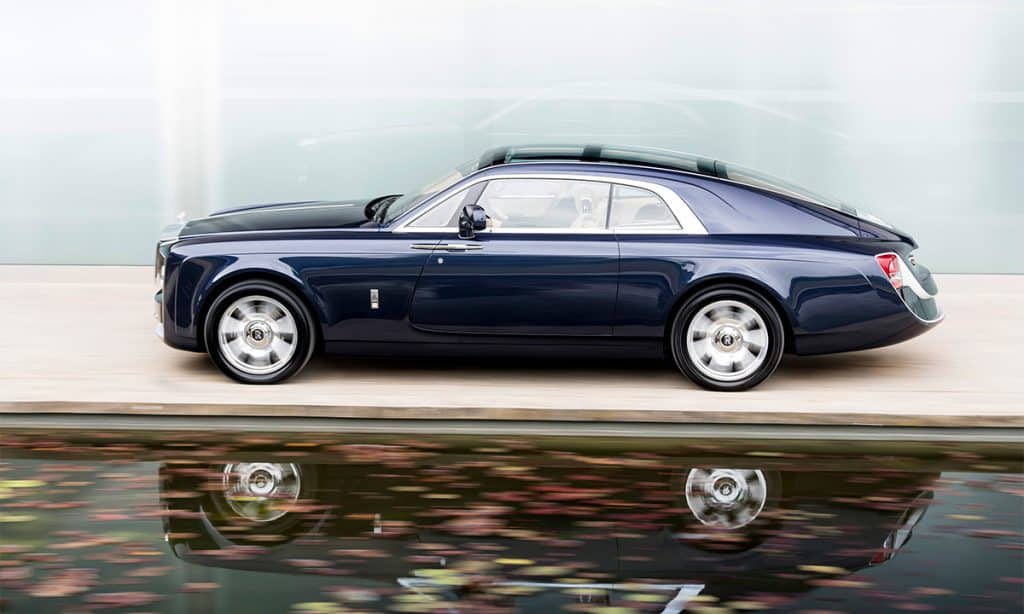
The first fully coachbuilt Rolls-Royce of the modern era, the car’s defining feature is the raked rear profile, the roof-line tapering in a sweeping gesture to a ‘bullet-tip’ that houses the centre brake light. The coachbuilt bodywork wraps under the car with no visible boundary to the surfaces like the hull of a racing yacht. The underside of the motor car describes a progressive upward arc at the rear departure angle, producing the swept tail that gives the car its name. Four years in the making, it’s now regarded as a true modern classic and the world’s greatest two-seater intercontinental tourer.

